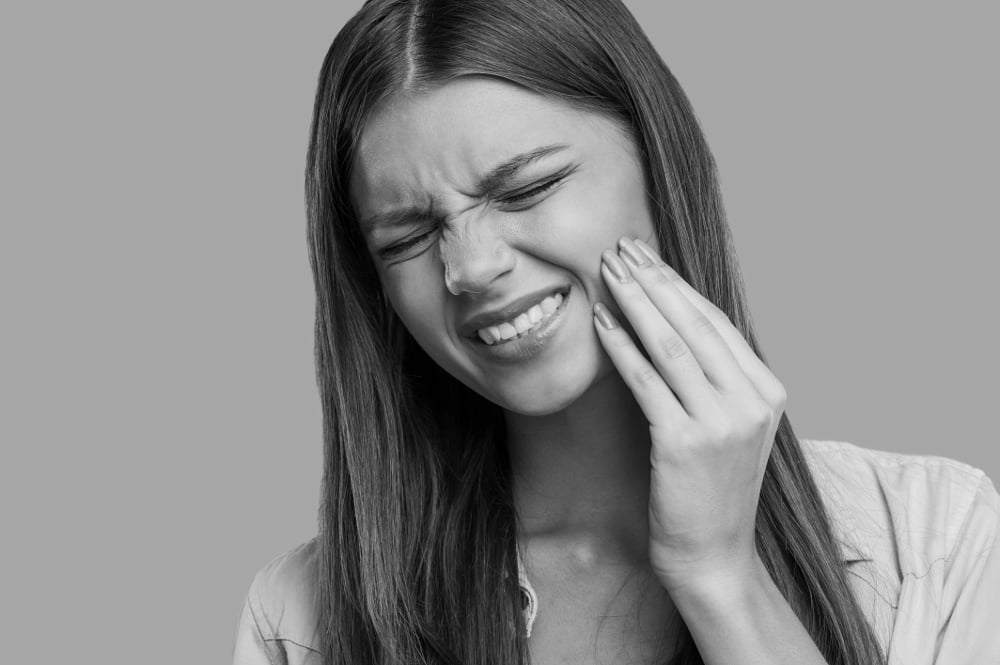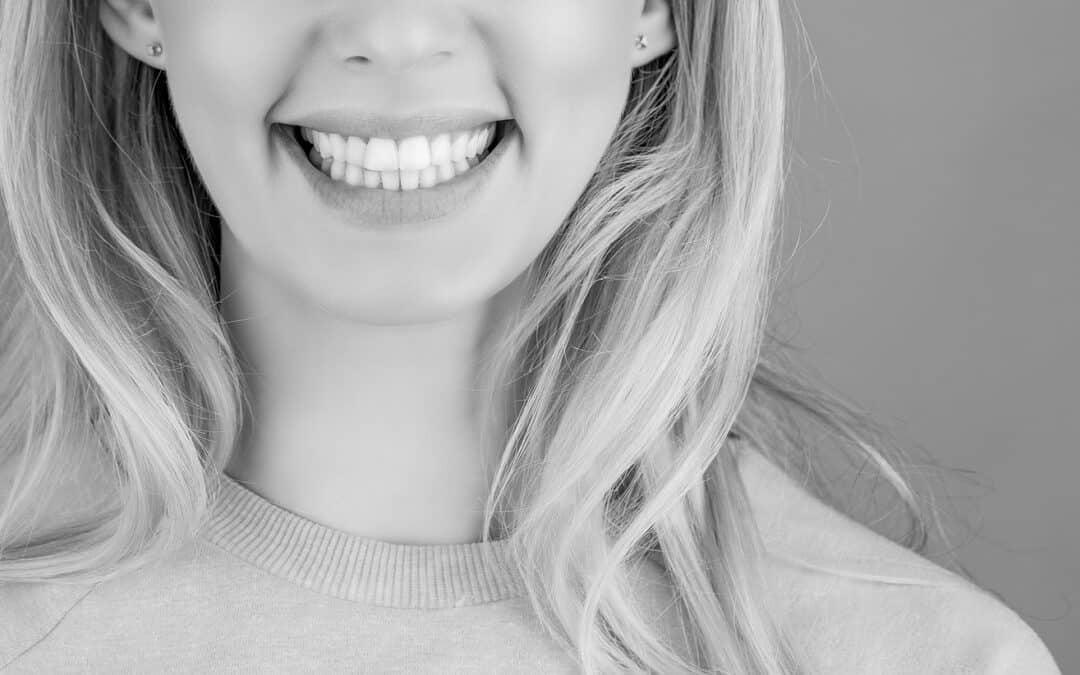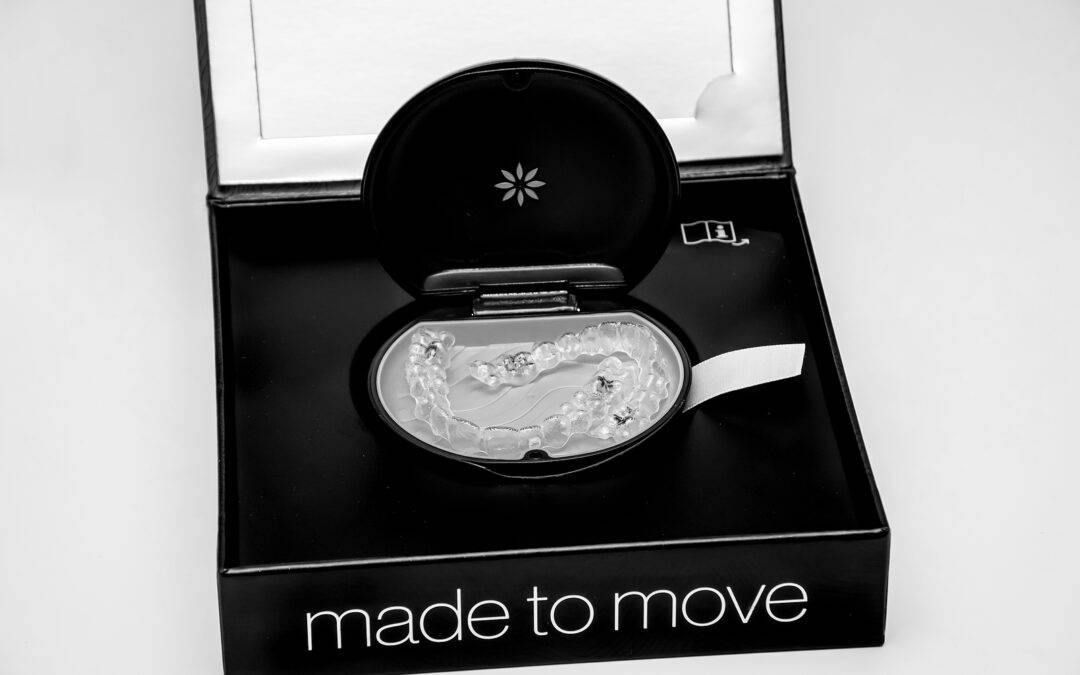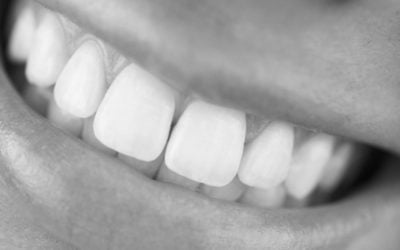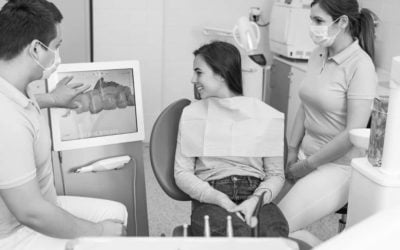Grinding teeth is a common issue which can cause serious issues if left untreated. How to stop teeth grinding will be addressed in detail below so keep reading.
What is Teeth Grinding
People prone to teeth grinding tend to do it in their sleep or when they are stressed during the day. Many people are unaware of their habit until it is pointed out by their dentist. Symptoms include some or all of the following:
- facial pain
- a ringing or buzzing in the ears
- wear and tear on the teeth
- loose teeth
- teeth sensitive to hot or cold
- gums which show your tooth roots
- having a favourite side to chew food and
- other permanent damage such as broken teeth, fractured fillings, loose crowns and toothache
Causes of Teeth Grinding
Problems with teeth grinding (also known as ‘Bruxism’) begin when the upper teeth are misaligned with the lower teeth. Problems manifest themselves generally when sleeping but can also occur by day. Stress can exacerbate the issue and people often do it unconsciously.
The term for this misalignment is ‘malocclusion’ and simply means that the teeth don’t ‘line up’. Your mouth doesn’t like it and thus, bite-related issues like teeth grinding and clenching develop. A sufferer grinds and clenches their teeth all night in an attempt to make them fit together better.
Effects of Grinding & Clenching
Bite-related issues like grinding and clenching often cause a disorder called TemporoMandibularDisorder (TMD). TMD is a term which describes a variety of problems with the Temporomandibular Joint, chewing muscles and your bite. We have 2 of these joints, one at either side of the face, just in front of the ears. When problems occur, one or both sides of the jaw may be affected and teeth grinding (among other symptoms) can often be a tell-tale sign.
Treatment for Teeth Grinding & Clenching
Your dentist may prescribe an accustomised occlusal splint (commonly known as a ‘Michigan Splint’) to both diagnose and treat your grinding or clenching issue. This splint is removable and is worn on the upper or lower teeth, usually at night when much of the damage occurs. There are different types of splint but all are designed to relax the muscles and support the jaw joints. The result of this is relief from pain and it has a very high success-rate.
It should be noted that some patients require additional treatments to complement the occlusal splint such as medication, physiotherapy and pain management techniques.
How Shields Dental & Orthodontic Clinic can help you
Sometimes, a traditional mouth guard with a non-accustomised acrylic splint is diagnosed for the treatment of tooth grinding and clenching. However, it has minimal long-term positive effects for the patient.
Dentists Conor and Cormac Shields have undertaken extensive postgraduate training with the British Society of Occlusal Studies and are highly experienced in the assessment and treatment of TMD.
Interested in reading more? Click to read further information on teeth grinding.
